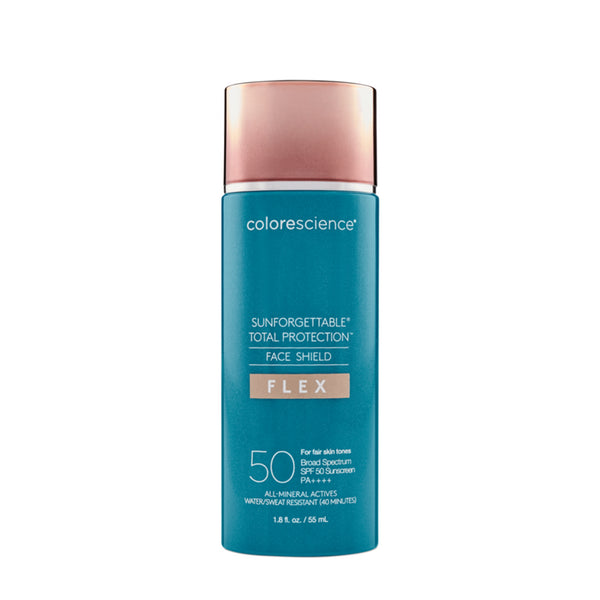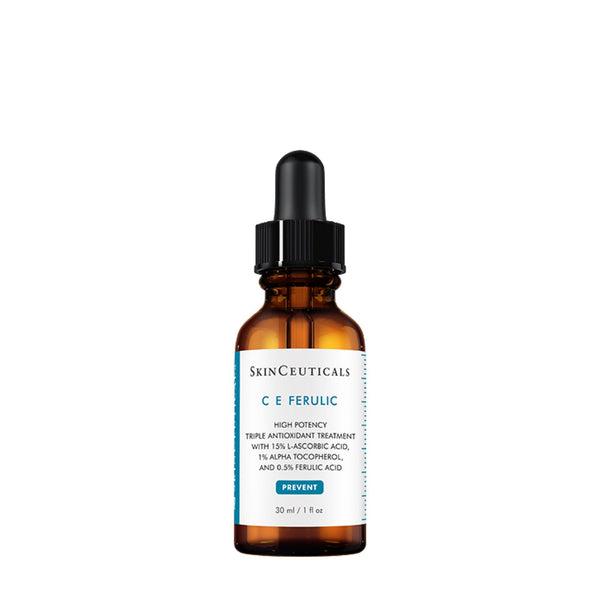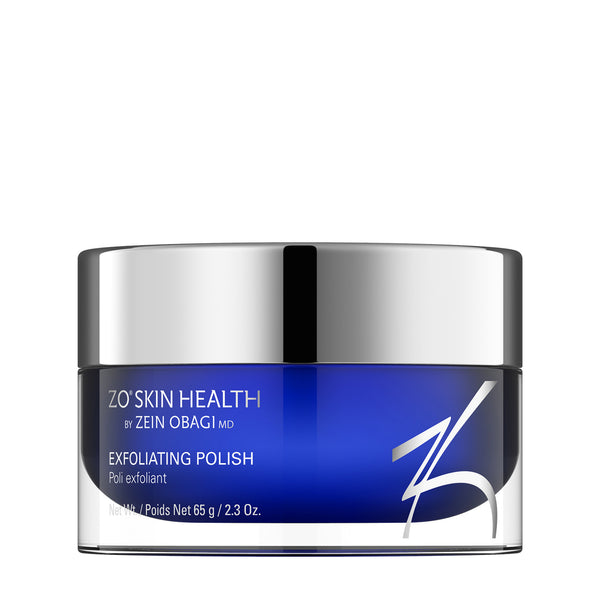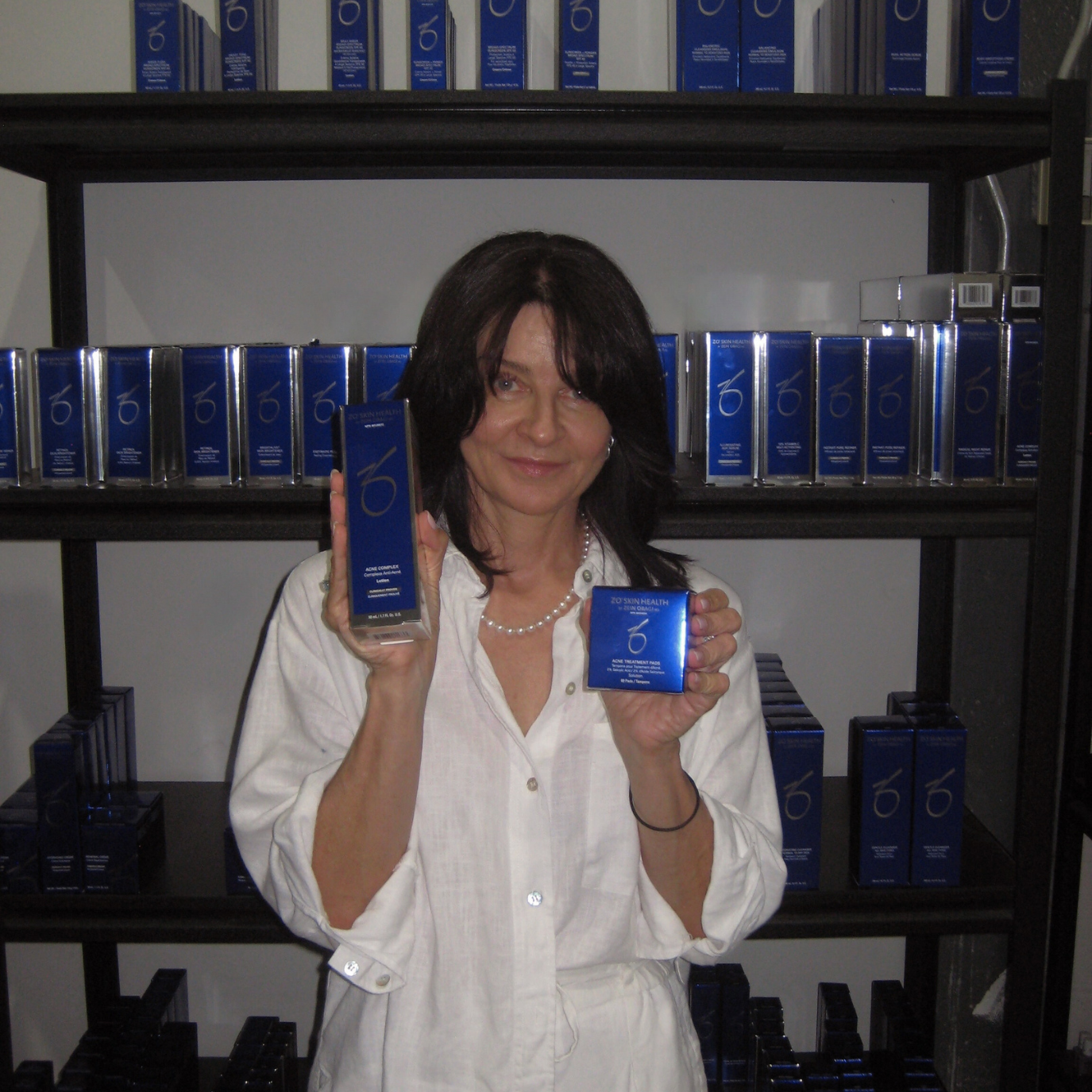
Beyond Skinimalism: How to Rebuild Your Skin Barrier Before Winter
Every year, as the air cools and humidity drops, the same questions come up (for example): Why does my skin feel tight, dull, or suddenly sensitive? The short answer is: your skin barrier needs care.
We’ve spent the last year embracing the power of simplicity. Today, skinimalism has shown that minimalism can create harmony. But we need to go a step further because it’s not just about using fewer products; it's about selecting the right ones to rebuild the core of your skin health so you can develop and maintain a strong, resilient barrier.
Let’s talk about the skin barrier. The barrier is the outermost layer of your skin (the stratum corneum) composed of lipids, proteins, and dead skin cells that act like bricks and mortar. Its role is to keep beneficial substances in (think moisture and nutrients) and harmful substances out (like pollution, bacteria, and irritants). When this barrier is compromised, water can escape more easily, and the skin may become dry, red, flaky, and/or reactive. The good news is that it can recover quickly with proper care.
Why does winter challenge the skin barrier? Canadian winters are harsh. Cold air outside, heated air inside, wind exposure, and long hot showers all strip moisture from the skin. Over-exfoliating or frequent active use can also weaken the barrier. Once the barrier is compromised, the skin can’t hold onto hydration or tolerate potent actives like retinol or acids. Everything stings. Your skin is telling you it needs to rebuild before it can handle more transformation.
You don’t need a microscope to tell when your barrier is out of balance. Just watch for these potential signs:
- Persistent dryness or tightness even after moisturizing.
- Redness or sensitivity to products that used to feel great.
- Flaking, rough texture, or sudden dullness
- Makeup that won’t sit smoothly.
These can be clear signals that your skin needs to recover, not compete.
Here’s your three-phase barrier recovery plan:
- Pause and protect: The first step is to exercise restraint. Cut back on exfoliation, retinoids, and acids for at least a week. Allow your skin to breathe and settle. Switch out stripping cleansers for cream or oil-based formulas, and avoid double cleansing unless you wear heavy makeup or SPF. During this period, view yourself as rebuilding rather than repairing. Protection involves an active effort to preserve what you already have intact.
-
Replenish with the right ingredients: A compromised barrier requires lipids, ceramides, and hydration to restore its structure. Seek formulas that contain:
- Ceramides, cholesterol, and fatty acids: These resemble the skin’s natural barrier components.
- Peptides: Support protein synthesis to strengthen structure.
- Niacinamide: reduces inflammation and helps maintain skin barrier moisture.
- Panthenol and glycerin: Attract and retain water in the skin.
- Postbiotics or microbiome-supporting ingredients: Promote balance in the skin’s ecosystem.
- When your skin barrier is fragile, opt for short ingredient lists. Avoid heavy fragrances and alcohol. Remember, consistency is key; the skin responds better to a routine than to frequent product changes.
- Maintain and strengthen: Once your skin feels calmer and hydrated, you can gradually reintroduce active ingredients. Start with mild exfoliation once a week. Introduce a serum (such as Vitamin C) to target areas of concern. And always follow with a barrier-supportive moisturizer. In winter, even resilient skin benefits from a richer cream or sleeping mask to lock in hydration. SPF remains essential. The barrier doesn’t distinguish between summer and snow.
A strong barrier isn’t just about feeling smooth. More importantly, it affects how your skin ages, how evenly it evens out, how radiant it appears, and how well it responds to treatments. Without it, even the best serum can’t work correctly. Barrier repair is the foundation of every professional skincare philosophy. And medical-grade brands focus on functional ingredients that rebuild for optimal skin health, rather than just hiding issues.
At Boutique Skin Envie, we’ve seen the difference when clients (patients) focus on barrier care first. Skin becomes more predictable, treatments produce better results, and redness or sensitivity diminish naturally. It’s not dramatic; it’s disciplined.
Your barrier is also affected by what happens inside your body. Hydration, sleep, and nutrition all influence its strength. Stress and poor diet increase inflammation, which weakens the skin’s ability to protect itself. A mindful routine doesn’t end at the sink. Consuming balanced meals, drinking enough water, and even avoiding very hot showers can lead to visible improvements in how your skin retains moisture.
It’s easy to see barrier repair as a setback, but it’s really a reset. Every skin type occasionally needs rest and restoration. Think of it as tuning your instrument so that all future products or treatments work better.
As winter sets in, listen to your skin’s cues. If it’s tight, burning, or dull, it’s not misbehaving — it’s asking for balance. Take the time to rebuild, protect, and nourish. The glow that follows won’t stem from excess or intensity; it will come from strength.
True skin health starts at the surface but is built from within. Let this winter be the season you stop chasing transformation and start cultivating resilience.
Until next time,
Beate











Leave a comment